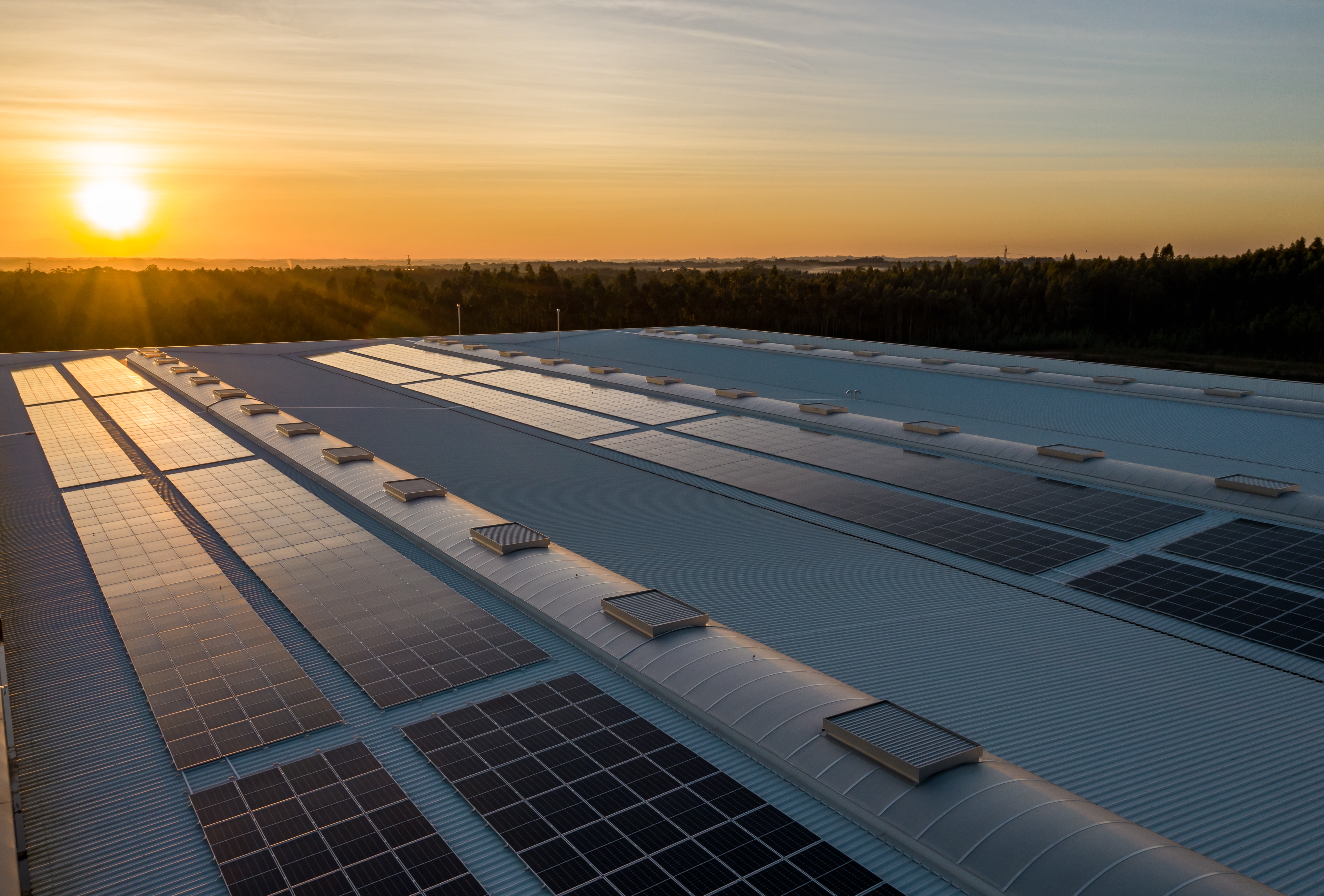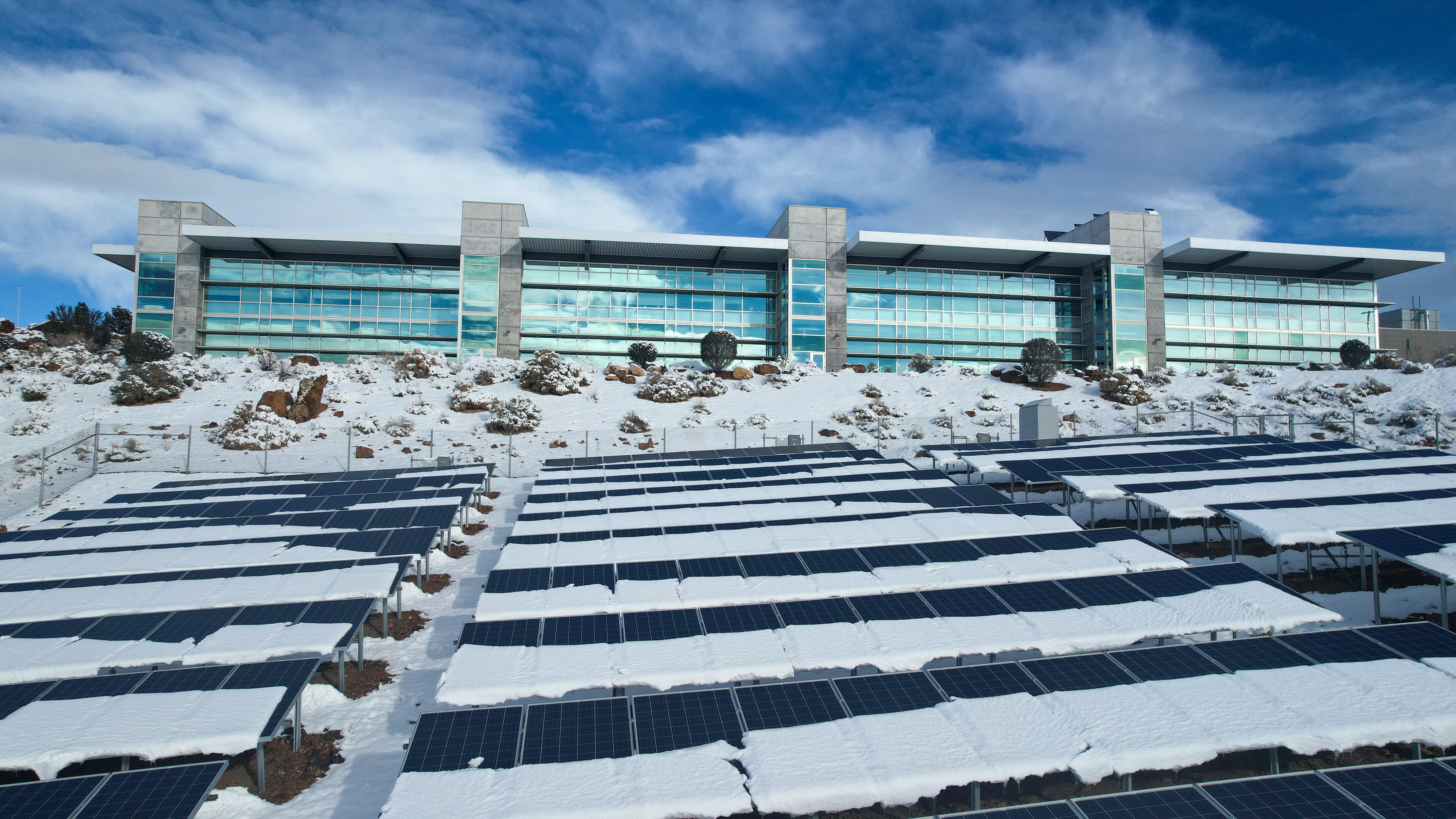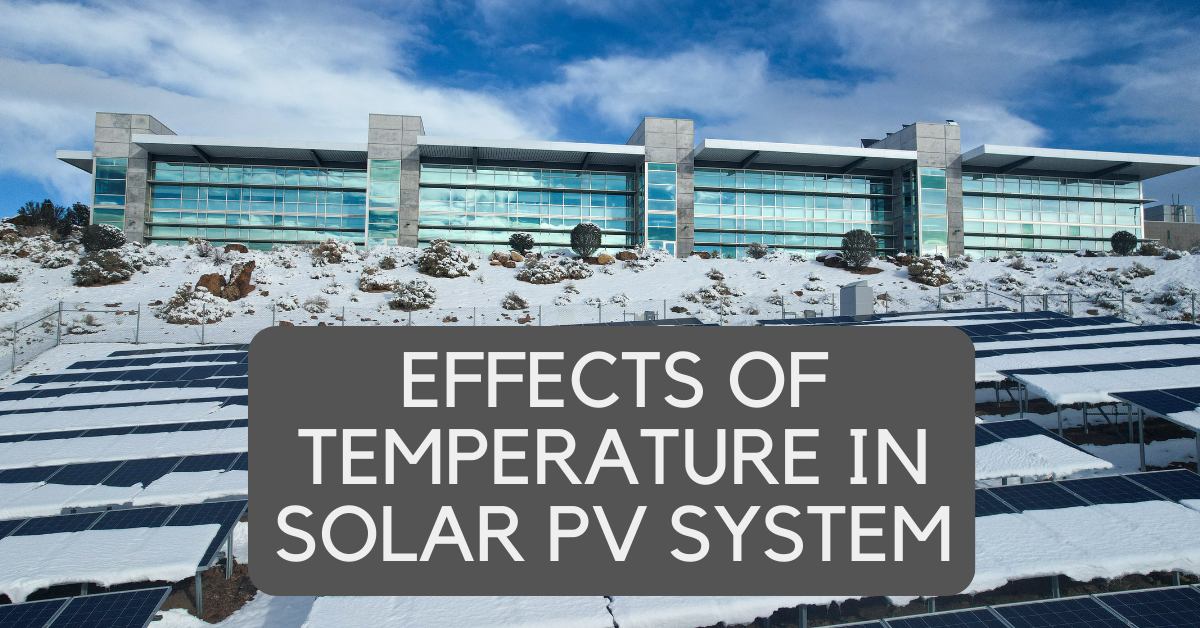This article will discuss the effects of temperature in solar PV system.
As our reliance on and knowledge of renewable energy grows, the significance of solar power becomes increasingly apparent. However, we often underestimate a factor that can significantly influence the success or failure of the system—temperature. In this article, we’ll explore how temperature affects the performance of solar photovoltaic (PV) systems. From the intense heat of summer to the cold days of winter, comprehending how temperature influences the efficiency and output of solar PV systems is vital for optimizing the potential of this clean energy source.”
As we are aware, the ideal scenario for utilizing solar power would be continuous sunshine throughout the day and night, all year round. However, this is not always possible due to the unpredictable nature of weather. Rain and snow often result in cloudy days, obstructing and impacting the collection of solar power. Various weather conditions also bring about distinct temperatures, ranging from hot summers to mild falls/springs and cold winters
How do these factors impact the collection of electricity in a solar power system? Let’s delve into that.
Effects of Temperature in Solar PV System
Table of Contents
- Optimal Temperature for PV Systems
- Effect of Hot Temperature on Solar PV Efficiency
- What’s the Best Condition for Solar System
- The Impact of Cold Temperatures on Solar Efficiency
- Conclusion: Final Solar Thought
So what is the most optimal temperature for PV systems?
According to research, the optimal operating temperature for photovoltaic (PV) systems is approximately 25°C. This implies favorable conditions during summer—neither excessively hot nor cold, of course. However, manufacturers tailor their products to suit the climate of the country they operate in. For instance, Canadian manufacturers design PV systems capable of performing well in consistently cold temperatures, while those in the Middle East adapt to endure scorching heat year-round. In essence, it is crucial to carefully review the specifications provided by manufacturers, especially when importing from a different country.
Effect of Hot Temperature on Solar PV Efficiency
The Heat Effect
A prevailing misconception regarding the use of solar panels is the belief that the hotter, the better. However, solar panels only function efficiently at a certain temperature range. Excessive heat will only reduce the efficiency of the panel.

Temperature affects solar panel voltage and current. As temperature increases, it reduces the amount of energy a panel produces due to an increase in resistance—high temperatures slow the speed of the electrical current. Likewise, as temperature decreases, resistance is reduced, and energy production goes up. Think of it as overheating.
Excessive heat has an additional impact, subjecting the panel to increased stress and making it more susceptible to wear. As panels age and become less efficient, the need for replacement becomes more imminent.
Managing Excessive Heat
To counteract thermal stress, researchers and engineers are exploring innovative cooling technologies to maintain optimal operating conditions. Panels now have active cooling systems to dissipate excess heat and prevent efficiency losses.
Incorporating thermal management techniques into the designs of solar panels aids in the regulation and stabilization of operating temperatures, effectively addressing this issue.
What’s the Best Condition for Solar System
Examining the two factors mentioned earlier, we can infer that the optimal condition for efficient operation of a PV panel is when it’s cool yet still receives ample sunshine.
The cooler the temperature, the better for solar panels. But what if the temperature is extremely cold? Let us discuss this next.
The Impact of Cold Temperatures on Solar Efficiency
The winter season, characterized by its colder temperatures, brings about distinct considerations for solar power systems. Cold temperatures can affect the efficiency of solar panels, although to a lesser degree than extreme heat. In winter, excessive cold can cause electrons in the panel to move more slowly, resulting in slower charging and reduced efficiency.
What to consider during the snow season.

Developing strategies to address snow accumulation on solar panels, ensuring optimal sunlight absorption. We do not need the heat, but we need plenty of sunshine. Here are the strategies to address snow accumulation on solar panels to ensure optimal sunlight absorption.
See below what factors to consider.
Tilted Mounting:
Adjust the tilt angle of solar panels to promote natural snow shedding. A steeper angle helps snow slide off more easily, preventing accumulation.
Smooth Surface Coatings:
Apply anti-reflective coatings or special treatments to the surface of solar panels to create a smoother texture. This can discourage snow from sticking and facilitate easier removal.
Heating Systems:
Install integrated heating systems on solar panels to melt accumulated snow. This can be achieved using electric heating elements or other specialized technologies designed for this purpose.
Automated Cleaning Devices:
Implement automated cleaning devices that can detect snow accumulation and either shake it off or use gentle brushes to clear the surface. These devices can be programmed to operate when needed.
Panel Orientation:
Optimize the orientation of solar panels to minimize snow accumulation. Placing panels at angles that allow for natural shedding can help prevent snow buildup.
Manual Removal:
In cases of heavy snowfall, consider manual removal with soft tools, such as a snow rake designed for delicate surfaces. This should be done carefully to avoid damaging the panels.
Design Considerations:
Work with solar panel manufacturers who incorporate snow-resistant design features, such as smooth surfaces, reinforced materials, or anti-snow coatings.
Monitoring Systems:
Implement monitoring systems that provide real-time data on the condition of solar panels. This allows for prompt action when snow accumulation is detected.
Snow Guards or Fences:
Install snow guards or fences around solar panels to create controlled areas where snow can accumulate without directly impacting panel surfaces.
Community Engagement:
Collaborate with local communities to create awareness and involve residents in snow-clearing efforts. This can be especially useful in residential solar installations.
By combining these strategies, solar panel owners can effectively address snow accumulation issues, ensuring that the panels continue to absorb sunlight optimally and maintain efficient energy production during winter months.
Conclusion: Final Solar Thought
In the journey towards a sustainable energy future, understanding and addressing the effects of temperature on solar power performance are paramount:
To have the most efficient and effective solar panel, they function very well in cool and sunny weather. But this of course can’t be achieved easily as it all depends on where or what country you are in. Best is to check manufacturer’s data and check their recommendations.
We also have to implement strategies that strategically adapt to temperature fluctuations, ensuring consistent and efficient performance.
Continuous Innovation is needed Embracing cutting-edge technologies and designs to enhance the resilience of solar power systems in the face of temperature-induced challenges.
Adaptability is the key.
Learn more about the advantage of using solar system as renewable source of energy.

